This two-day event brings together industry leaders to identify and drive strategies that will accelerate the transition to climate-smart, resilient livestock systems. The summit will tackle urgent topics such as carbon removal, digital farming, supply chain optimization, vaccines and predictive analytics for animal health, biosecurity innovations, methane reduction technologies, AI-powered management, circular feed solutions, genetic advancements, and strategic investment in animal agtech to ensure sustainable, long-term growth.
)
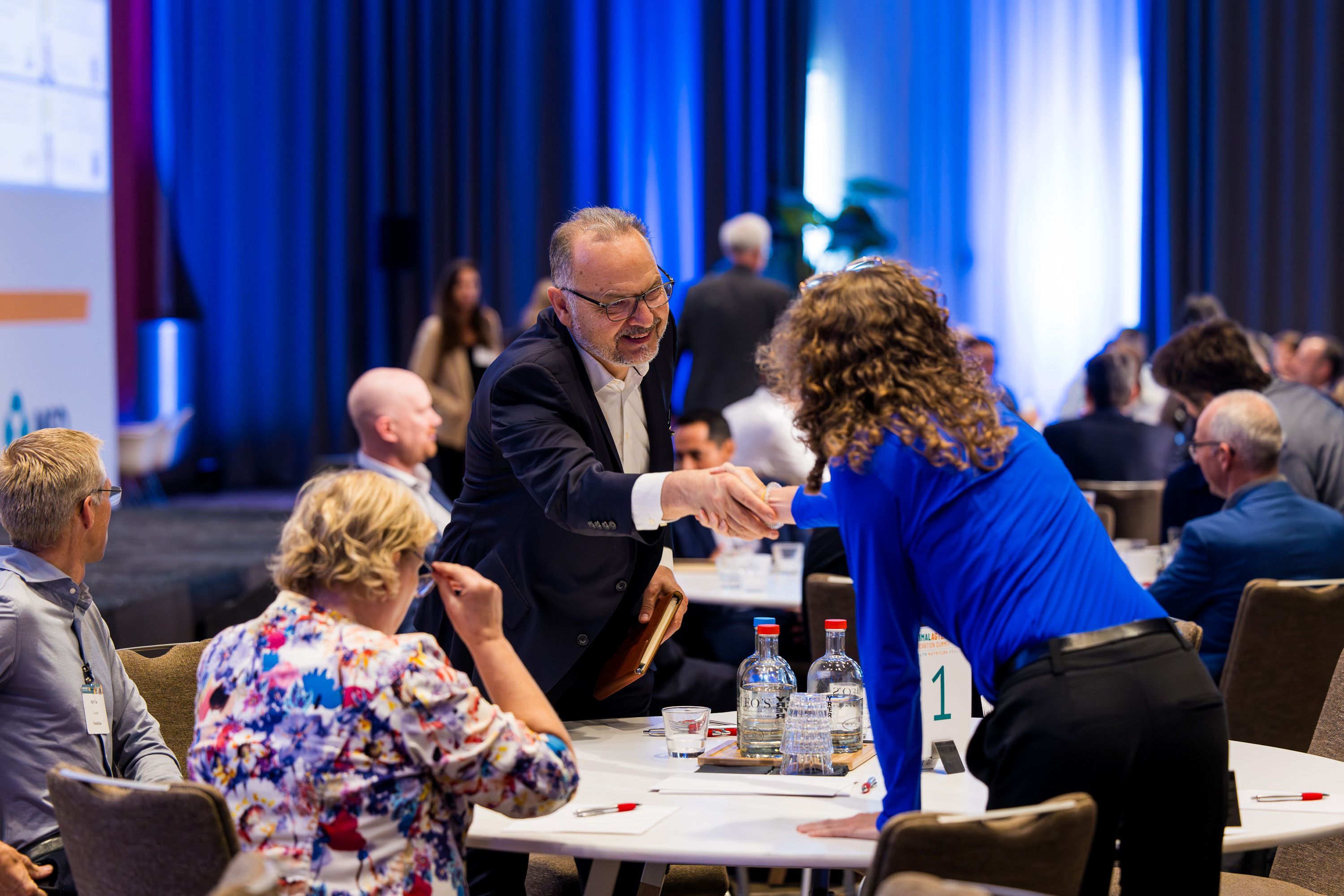
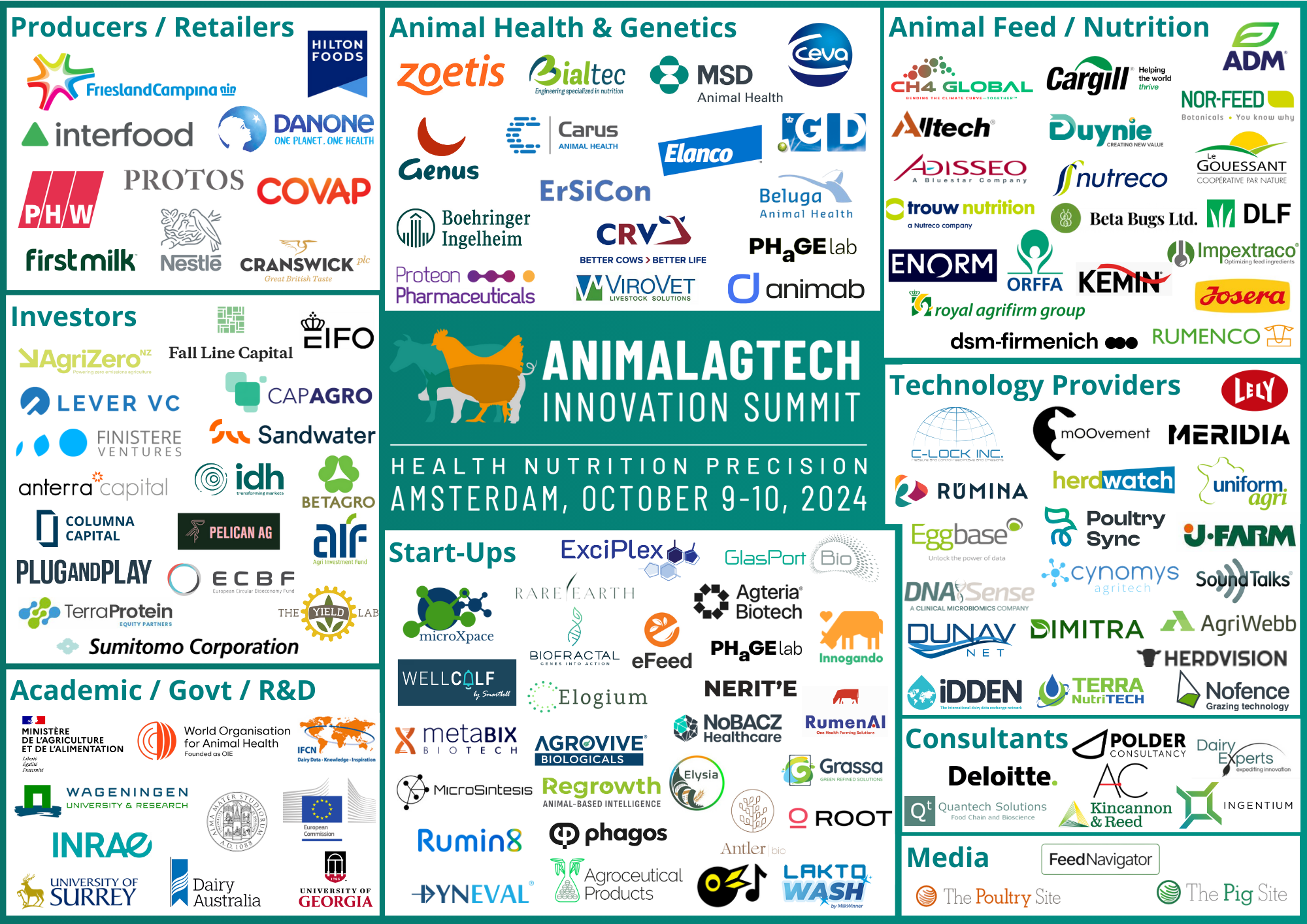
)

)
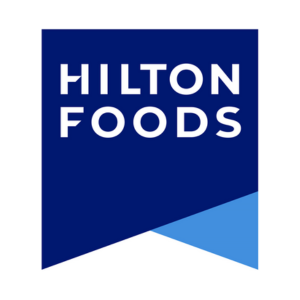
)

)

)
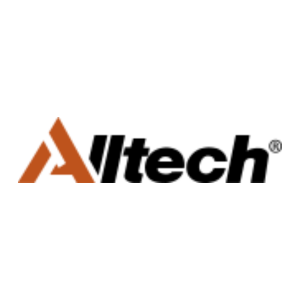
)
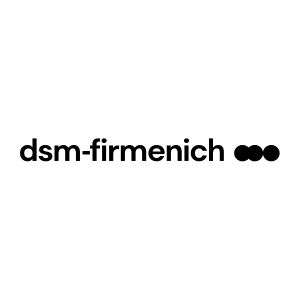
)
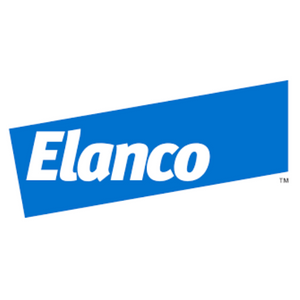
)

)

)
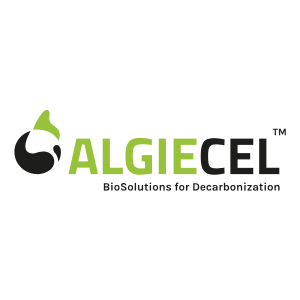
)
)
)
)
)
)
)
)
)
)
)
)
)
)
)
)
)
)
)
)
)